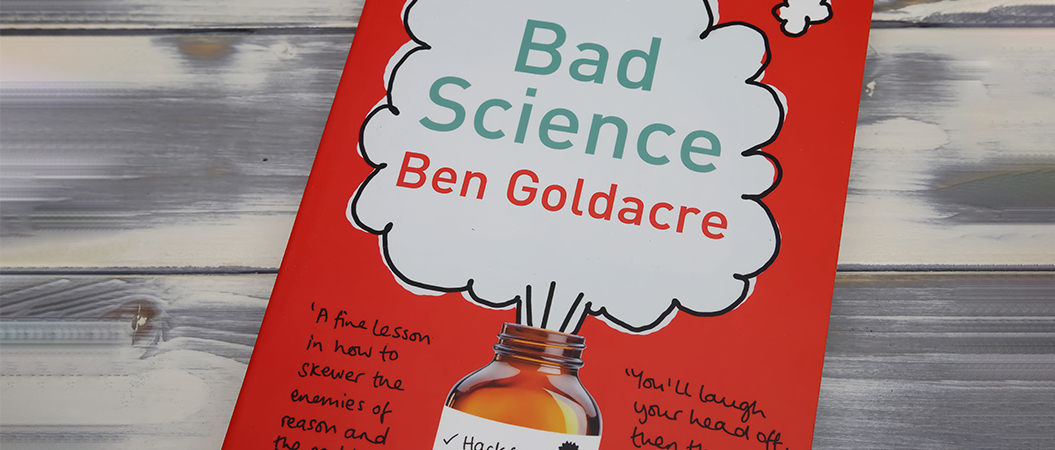Studies show no such thing
Bad science book review
A long time ago, in the more innocent time of the distant past, say, 2000, the words ‘Studies show’ were enough to end any argument. The appeal to the authority of science was enough to stop any charlatan in his tracks and restore sanity and balance to the world.
Then came, well, you know… everything we’ve been treated to for the last few decades. Even those of us who consider ourselves mainstream moderates – that is, inclined to give people the benefit of the doubt but remain soundly sceptical – suddenly found ourselves in a brand-new world.
The men in coats – and those quoting them – were no longer automatically correct. Objective reality was still true, but amidst all the agenda pushing, it became inaccessible. All we were left with, really, was bad science journalism coupled with PR – a deadly combination.
So, when I picked up Ben Goldacre’s 2008 book, Bad Science, I was ready to have my personal faculties sharpened to the point where I no longer fell for the cons. It turns out Goldacre’s book made me realise just how hard getting to the truth actually is. I first learned of Ben Michael Goldacre when I read his column in the Guardian.
As a physician, academic and science writer, his book focuses on what he terms questionable medical nonsense, various pill-pushers, scaremongers and quacks.
But in reading the book, the vulnerabilities of scientific coverage are laid bare.
Mind you, the author is himself a scientist, and I remain, like him, a zealous convert to the virtues of the scientific method. It is not science itself that is on trial, but the way that the unscrupulous cover science or use what they pretend to be incontrovertible scientific truth when it is anything but – which the book focuses on.
He examines a smorgasbord of silliness: ear candles, detox patches, celebrity clinical nutritionists, specially treated salmonroe DNA skin creams, and, perhaps most importantly, the very dangerous phrase: “Studies show…”.
Which studies? How many? Are they peer reviewed, and if so, by anyone serious (sadly, that has become two distinct questions)? Have the studies been replicated? How often? How recently? Who paid for the study?
Given the low-quality coverage given to science for decades, it is hardly a surprise that, when the world needs science the most, many people are sceptical. And indeed, science is not an authority but a methodology. Perhaps the more smug among us would do well to remember that sometimes – given some of the examples we keep being treated to. More doctors smoke Camel than any other cigarette, after all.
While this book focuses on medical nonsense, it goes a long way towards re-establishing the crucial faculty of scepticism in the reader. Studies, like statistics, can be no smarter than the people who wield them, and indeed, we are inundated with examples of all sorts of quackery being wielded. In all fields, we are being confronted with a vast number of claims made with absolute confidence – and such confidence is dangerous. 99% agreement is only to be found in the election results of oppressive, tyrannical regimes, not in science – not of any kind.
It’s a worthwhile read, that goes down like an immunisation against nonsense, and one that prepares some antibodies for the nonsense still to come.

